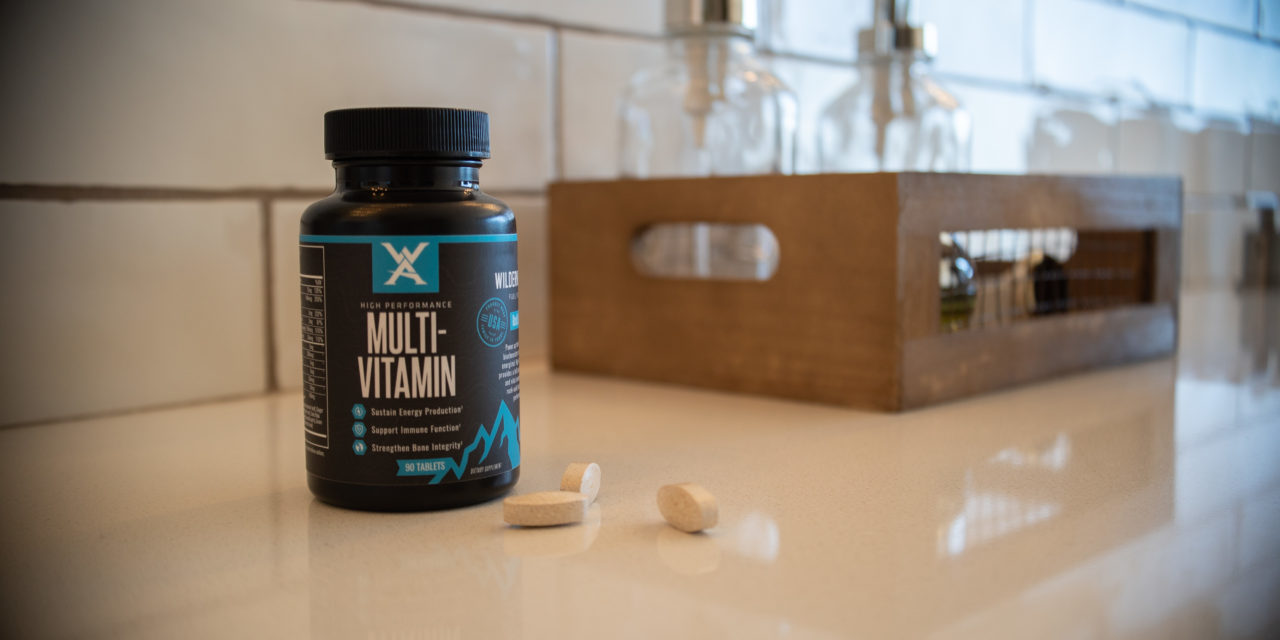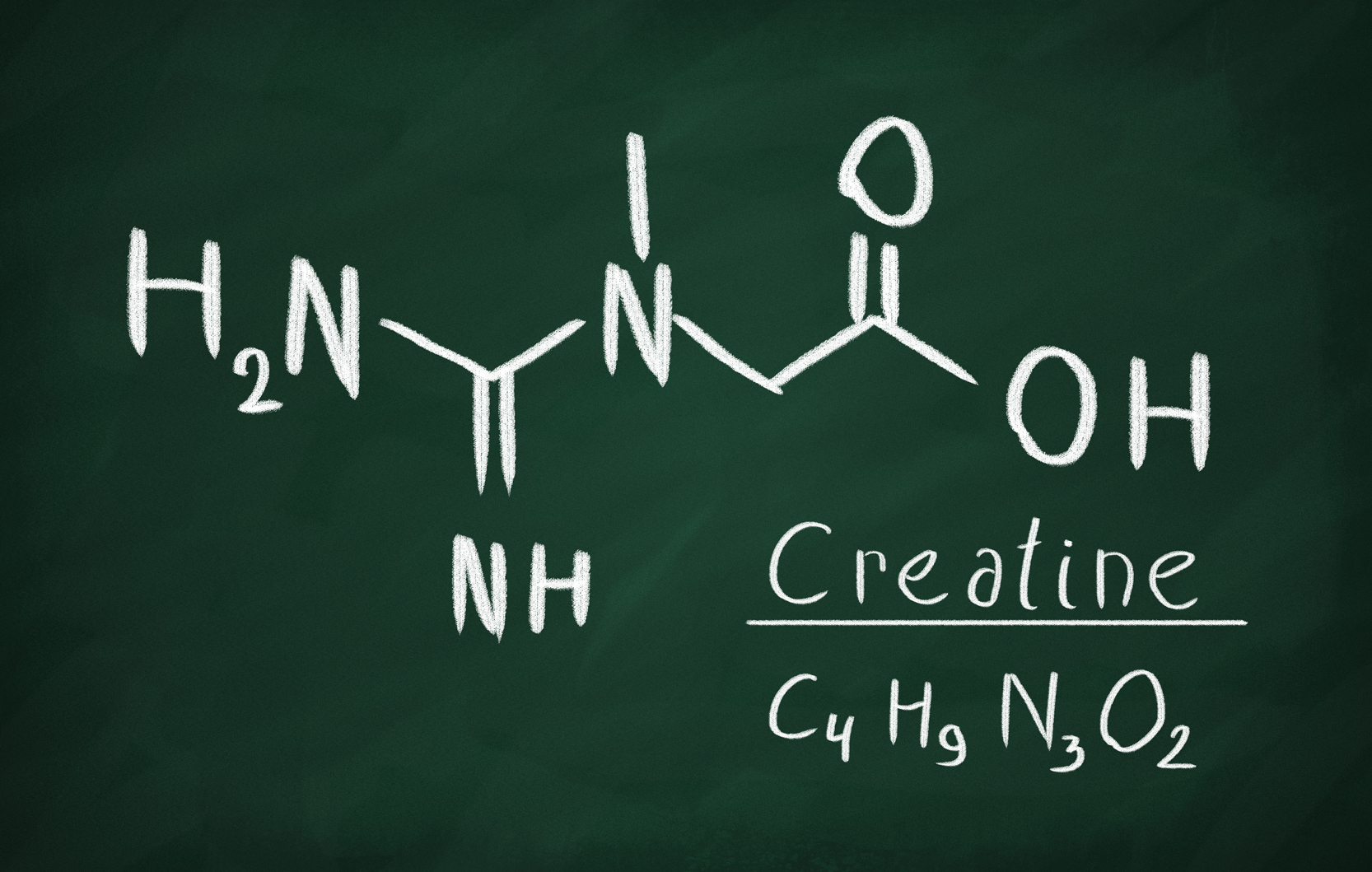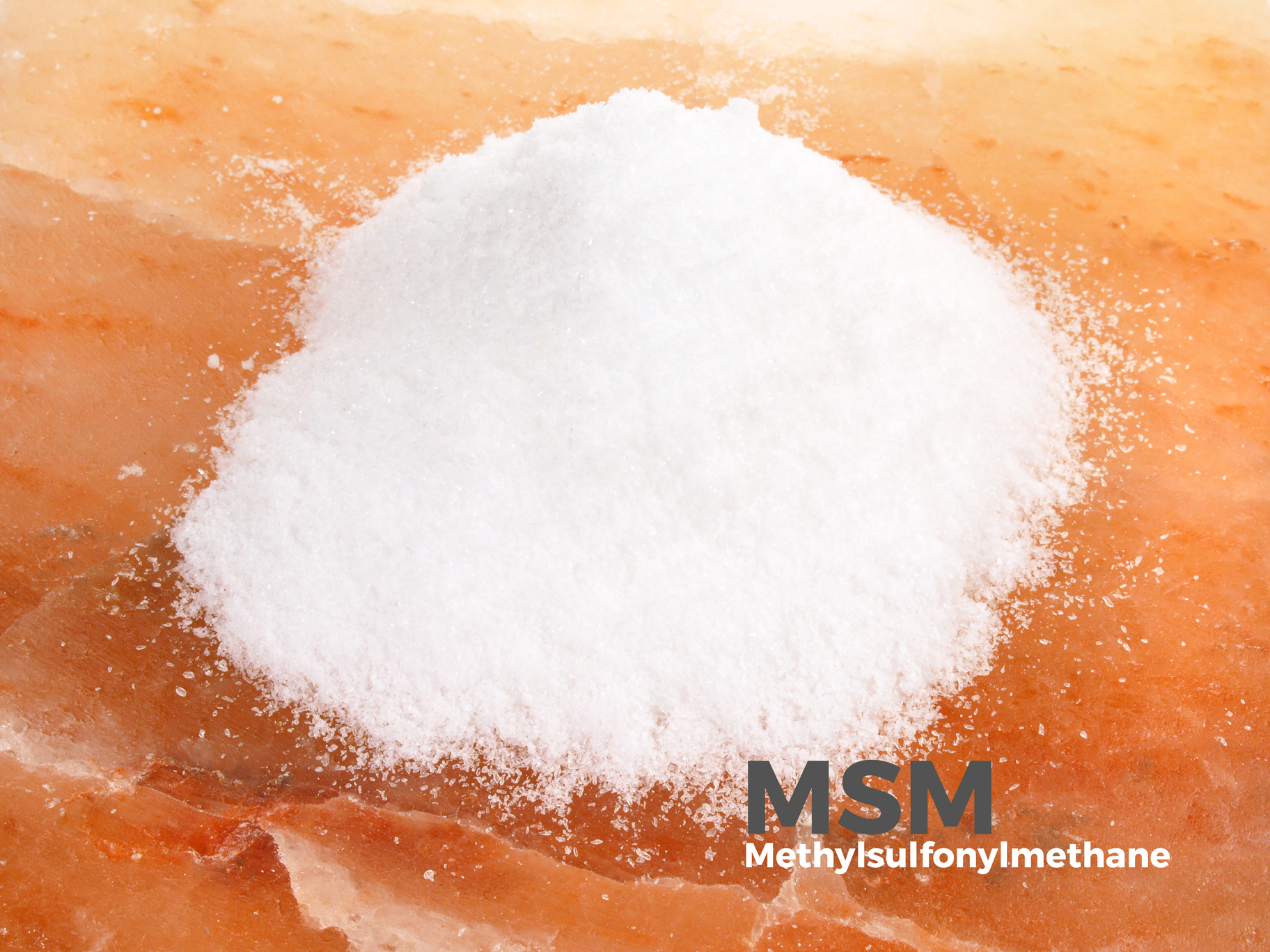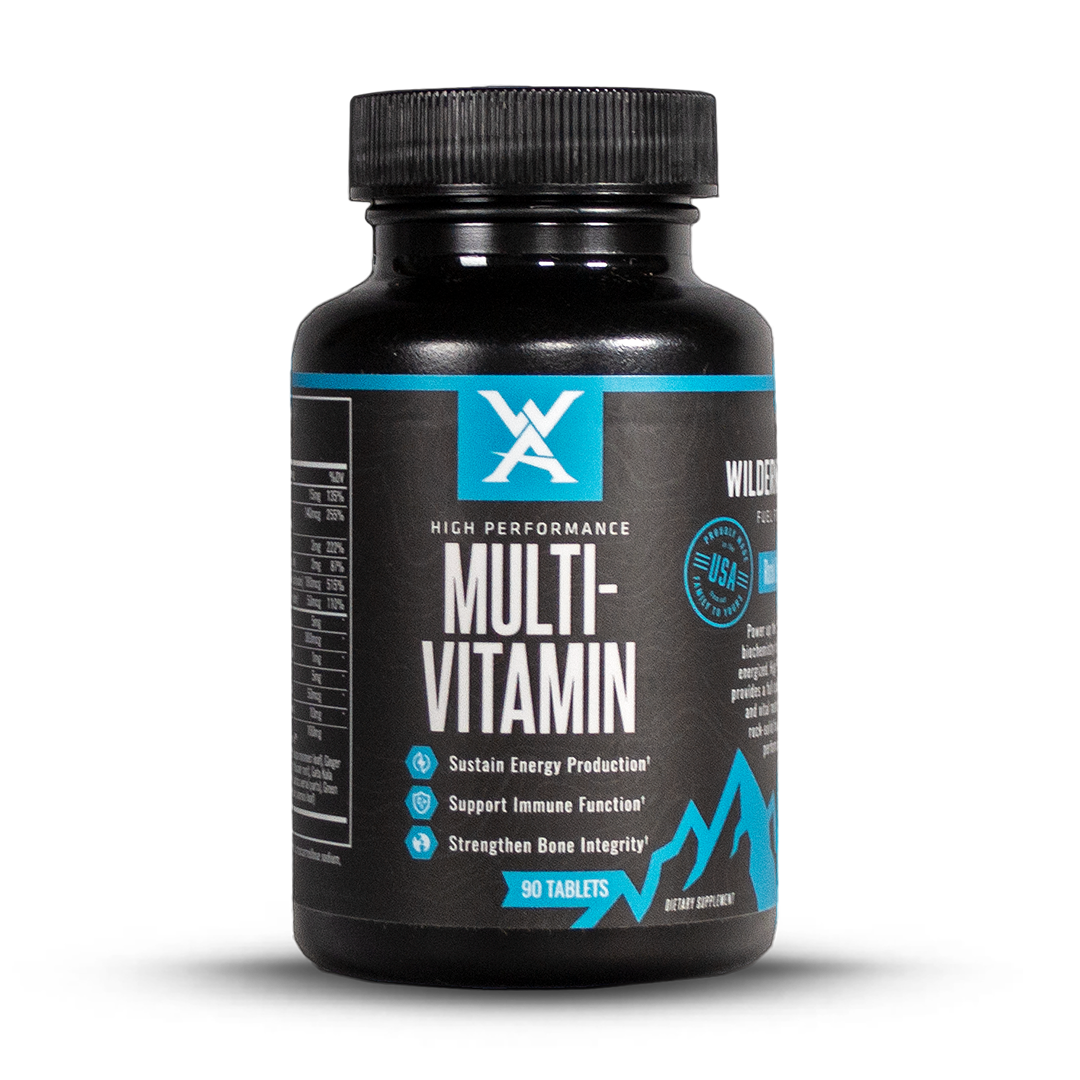REFLECTING ON A DAILY SUPPLEMENTAL INSULIN SENSITIZER
The glucose-insulin system plays a greater role in human health in non-diabetics than many interested individuals realize. Diabetes, of course, is the condition where the control of circulating glucose really gets out of hand usually due to an “insulin problem” and rises to unacceptable levels. Obviously, this disorder is a serious infringement on general health from all indications.
The most important initial work on the hormone insulin occurred in the early 1920’s. It was then that Banting and associates in Canada extracted and purified insulin. Thus, insulin was available to treat diabetes mellitus, at least in those where the diabetes, diagnosed by high circulating glucose levels, was due to lack of insulin.
However, the promise of the discovery was slightly tarnished a few years later when it was subsequently discovered that another type of diabetes existed. In that form, the amount of circulating insulin should have been sufficient to produce optimal function; and yet, the peripheral tissues like muscle and fat responded poorly to it. Appropriately, this phenomenon was referred to as “insulin resistance” (IR).
Accordingly, we now recognize two major forms of diabetes: the first where there is insufficient insulin available (type 1) and a second where there is a reasonable supply of insulin but specific tissues do not respond appropriately to it and require higher levels to make up for the poor response (Type 2). Ironically, the form discovered later, Type 2, is by far the more common form – representing > 90% of diagnosed diabetes.
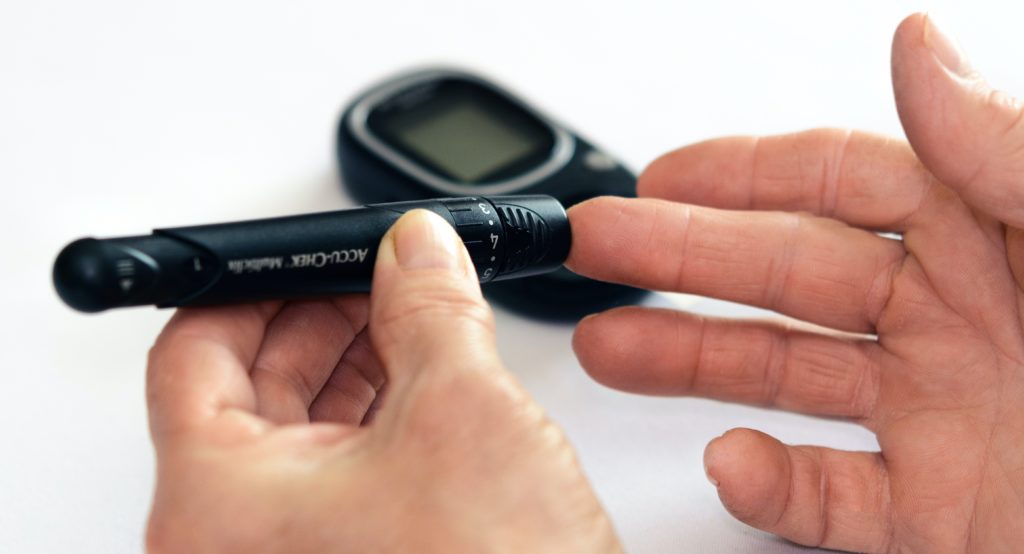
Unfortunately, as suggested above, IR is important in non-diabetics. In recent papers on IR published, a thorough examination of the role of IR in general health is reviewed [1,2]. Aside from diabetes, IR is linked to a number of harmful human maladies including those related to cardiovascular disease and even cancer [2].
Recently, we published findings that indicate that the effects of even “mild” IR are harmful in the long run [1]. By mild, we refer to the fact that rising markers of IR such as fasting blood glucose (FBG) levels, circulating insulin concentrations, and HbA1C indicate that various risk factors for the metabolic syndrome (obesity, diabetes, hypertension, dyslipidemias, and non alcoholic fatty liver disease) concomitantly increase even when the markers fall within the so called normal range. To be more specific, the findings included significant early changing adverse risk factors: higher body fat, triglyceride levels, blood pressure readings and more evidence of general inflammation — also, lower HDL cholesterol readings. In addition, lifespan may also be unfavorably influenced by one’s IR status [3].
Much of the above reemphasizes material presented in previous reports. However, human nature and the importance of the information make repetition worthwhile, because we are describing a remedial situation requiring institution of preventive measures to provide a healthier, happier lifespan. Suffice it to say, the usual regimens are very important – proper diet and exercise. The diet should go easy on calories, avoid refined carbohydrates like sugars and contain adequate amounts of fiber. Moderate exercise is a good suggestion, since this will also enhance insulin sensitivity. Concerning this advice, however, easy to say, hard to follow! To give a well-recognized example, most humans can take this sound guidance for brief periods of time, but as we are aware how many individuals lose weight only to regain it sometime later?

Some years ago, it was suggested that the pharmaceutical manufacturers should develop “insulin sensitizer” drugs to overcome IR [2]. Such would be a benefit, because lessening IR, even in non-diabetics, results in both circulating glucose and insulin levels decreasing, the best means to treat the IR perturbation.
However, the ability of these pharmaceutical companies to make drugs to ameliorate elements of diabetes has usually brought about more adverse problems than relief. What was overlooked in that particular report is that safe, natural dietary supplements already exist that are insulin sensitizers [4]. I have worked with some of them such as trivalent chromium, bitter melon, fraction SX of maitake mushroom and a variety of carb blockers such as bean extract and l-arabinose.
It is my opinion that a daily intake of a safe, natural insulin sensitizer offers increased health benefits when combined with daily supplementation of a multi-vitamin. In the next report, I will expand on this concept.

